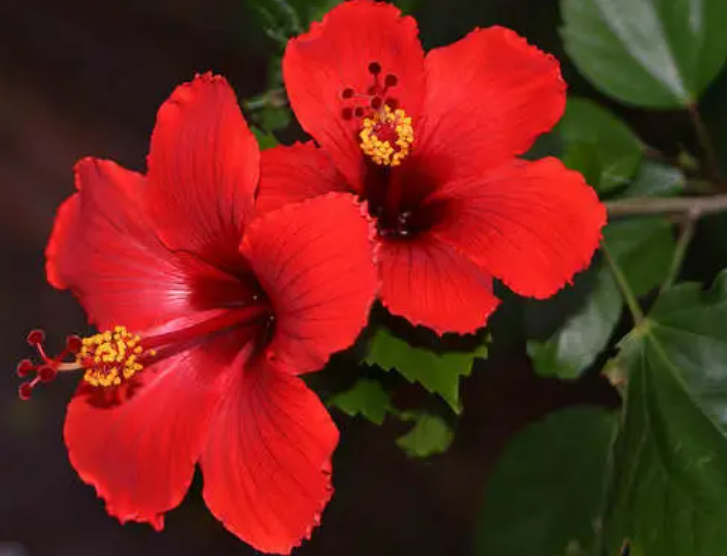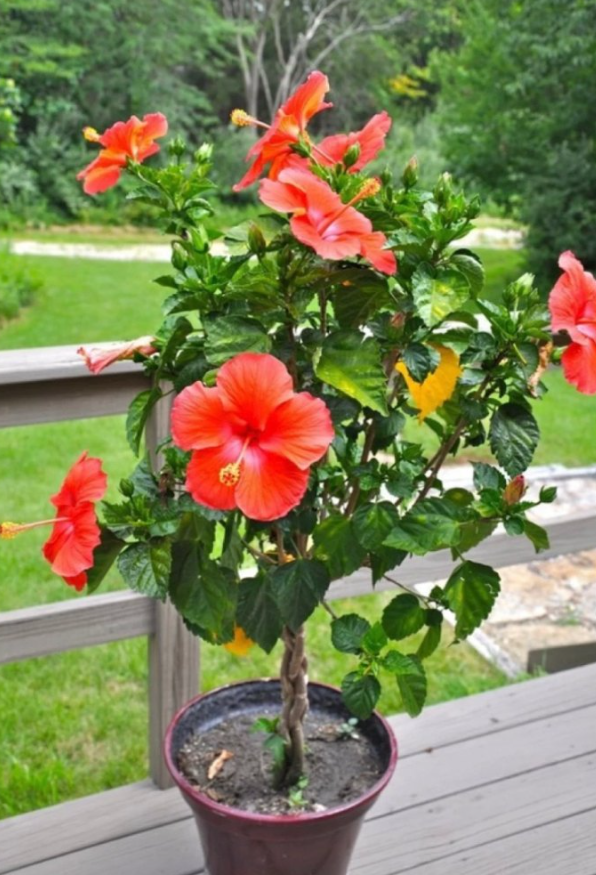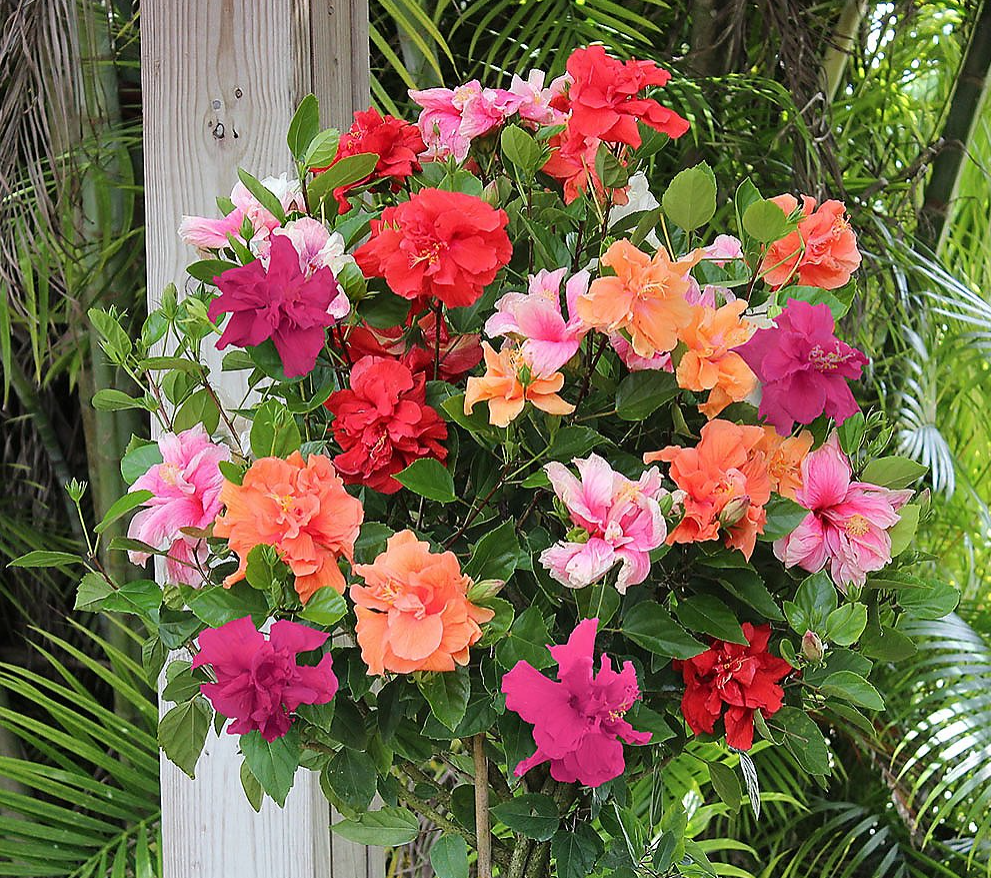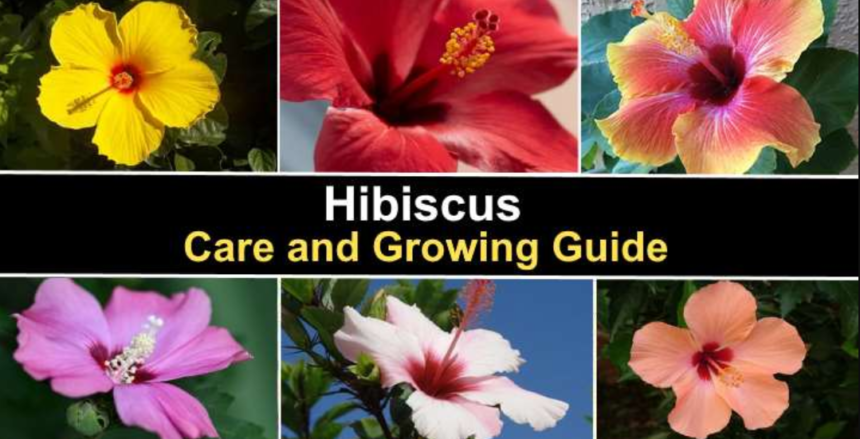“Discover the ideal soil and sunlight conditions for healthy hibiscus plants. Learn how to plant them for stunning blooms.”
Hibiscus plants are stunning flowering shrubs renowned for their vibrant and exotic blooms, making them a popular choice for gardens worldwide. These plants, belonging to the Malvaceae family, are known for their diverse species, each offering unique colors, sizes, and blooming patterns. Proper care and maintenance are crucial to ensure these beautiful plants thrive and produce an abundance of blossoms. In this comprehensive guide, we’ll delve into the essential tips and techniques to help you effectively care for your hibiscus plants.
ALSO READ: Unlock The Secrets To Maintaining A Vibrant Tulsi Plant Throughout Winter

Understanding Hibiscus Plants
Varieties of Hibiscus Plants
Before diving into care instructions, it’s essential to understand the types of hibiscus plants available:
- Tropical Hibiscus (Hibiscus rosa-sinensis): This variety showcases large, showy flowers and is often grown in warmer climates. It requires ample sunlight and regular watering.
- Hardy Hibiscus (Hibiscus moscheutos): Also known as rose mallow, this variety thrives in colder climates. It produces enormous flowers and requires moderate watering.
- Native Hibiscus: These varieties are indigenous to specific regions and are adapted to local climates. Examples include Hibiscus syriacus and Hibiscus coccineus.
Understanding the specific type of hibiscus you own is crucial as care requirements may vary based on the species.

Essential Tips for Hibiscus Plant Care
Optimal Growing Conditions
Sunlight: Hibiscus plants thrive in full sunlight. Place them in areas that receive at least six to eight hours of direct sunlight daily.
Watering: Adequate watering is crucial for healthy growth. Water the plants regularly, ensuring the soil remains moist but not waterlogged. Avoid overwatering as it can lead to root rot.
Well-Draining Soil: Plant hibiscus in well-draining soil to prevent waterlogging, which can be detrimental to their health. A mixture of potting soil and perlite or sand works well.
Fertilization: Use a balanced, water-soluble fertilizer during the growing season to encourage blooming. Apply fertilizer every two to four weeks, following the manufacturer’s instructions.
Pruning: Regular pruning helps maintain the shape of the plant and promotes healthy growth. Trim dead or wilted branches to encourage new growth and flowering.
ALSO READ: Unveiling The Marvels: 5 Astounding Benefits Of Snake Plants At Home

Pest and Disease Management
Pests: Common pests that may affect hibiscus plants include aphids, whiteflies, and spider mites. Use organic insecticidal soaps or neem oil to control infestations.
Diseases: Hibiscus plants may be susceptible to fungal diseases like powdery mildew and leaf spot. Ensure proper air circulation around the plant and avoid overhead watering to prevent these diseases.
Winter Care for Hibiscus Plants
Protection from Frost: In regions with cold winters, bring potted hibiscus indoors or protect them with frost blankets to shield them from freezing temperatures.
Reduced Watering: During the winter months, reduce watering frequency as the plant’s growth slows down. However, ensure the soil doesn’t completely dry out.

Caring for hibiscus plants requires attention to their specific needs, including sunlight, watering, soil conditions, and protection from pests and diseases. By following these care instructions diligently, you can ensure your hibiscus plants flourish, gracing your garden with their magnificent blooms.
Click here, to Check HNN’s latest post.
ALSO READ: 10 Stunning Hanging Plants For Your Balcony: From String Of Pearls To Air Plants
Image Source: Google




































